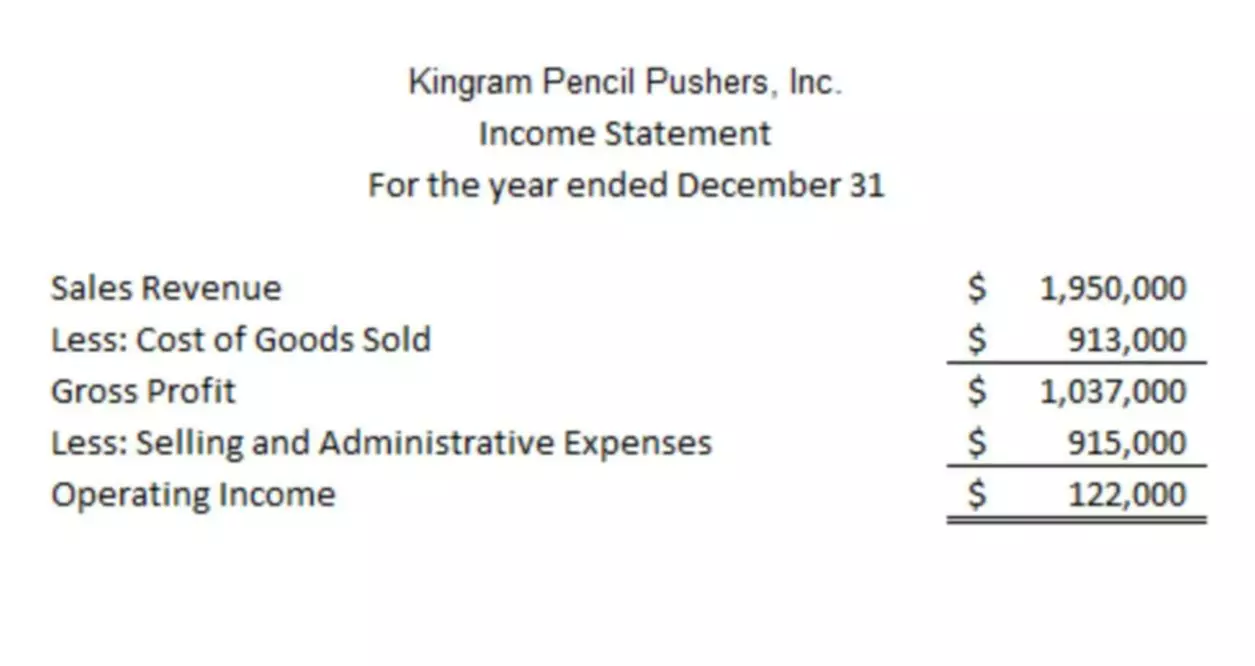Content

Are all costs other than direct material, direct labor, or selling and administrative costs. Once a company has determined the overhead, it must establish how to allocate the cost. This allocation can come in the form of the traditional overhead allocation method or activity-based costing.. Since the predetermined overhead rate is $0.02 per second, the overhead cost applied to each CD would be $0.20. This charge is constant and would not be affected by the level of activity during a period.

Job order costing traces the costs directly to the product, and process costing traces the costs to the manufacturing department. The difference between actual and estimated overhead costs must be reconciled at the least at the end each fiscal year. The following equation is used to calculate the https://www.bookstime.com/.
Applications of the Predetermined Overhead Rate
Therefore, it becomes somewhat difficult to find the rate, although it has been found that the multiple predetermined overhead rates are more accurate and prominent. One Radio Company’s controller wants to establish a predetermined overhead rate. This will allow her to apply overhead faster in each reporting period and facilitate closing the process.
- The management can estimate its overhead costs to be $7,500 and include them in the total bid price.
- Manufacturing overhead costs can also include the salaries of some manufacturing employees.
- It would involve calculating a known cost and then applying an overhead rate to this to project an unknown cost .
- For the last three years, your team found that the total overhead rate has been between 1.7 and 1.8 times higher than the direct materials rate.
- This means that for every dollar of direct labor cost a production process uses, it will use $1.50 of overhead costs.
Hence, the overhead incurred in the actual production process will differ from this estimate. A predetermined overhead rate is an allocation rate given for indirect manufacturing costs that are involved in the production of a product . An overhead rate, or predetermined overhead rate, is an allocation rate used to calculate the cost of manufacturing overhead and cost objects for a particular reporting period. For this, you can take the average manufacturing overhead cost for the previous three months, and divide this by the machine hours in the current month. If you then find out later that in fact the actual amount that should have been assigned is $36,000 dollars, then the $4000 dollar difference should be charged to the cost of goods sold. The concept is much easier to understand with an example of predetermined overhead rate.
How to Calculate the Total Manufacturing Price per Unit
Each individual’s unique needs should be considered when deciding on chosen products. This means that the overhead that is applied to jobs or products is different than the actual overhead from the product or job. Different businesses have different ways of costing; some use the single rate, others use multiple rates, and the rest use activity-based costing. It is known as either over-absorption or under-absorption of overheads. The difference between estimated and actual overhead is adjusted in the books as under or over the recovery of overhead.
Calculating the Overhead Rate: A Step-by-Step Guide – The Motley Fool
Calculating the Overhead Rate: A Step-by-Step Guide.
Posted: Wed, 18 May 2022 07:00:00 GMT [source]
A pre-determined overhead rate is the rate used to apply manufacturing overhead to work-in-process inventory. The pre-determined overhead rate is calculated before the period begins. The first step is to estimate the amount of the activity base that will be required to support operations in the upcoming period. The second step is to estimate the total manufacturing cost at that level of activity. The third step is to compute the predetermined overhead rate by dividing the estimated total manufacturing overhead costs by the estimated total amount of cost driver or activity base.
Machine Operating Hours
Official pronouncements do not prohibit basing predetermined overhead rates on capacity for external reports. And some may insist that the under-applied overhead be allocated among cost of goods sold and ending inventories–which would defeat the purpose of basing the predetermined overhead rate on capacity. The estimated total units in the allocation base is 1,000 direct labor hours. These positions include factory supervisors, factory maintenance workers and factory cleaning crews, to name a few.

E.M. Rawes is a professional writer specializing in business, finance, mathematical and social sciences topics. She completed her studies at the University of Maryland, where she earned her Bachelor of Science. During her time working in workforce management and as a financial analyst, she reinforced her business and financial know-how. From the above list, salaries of floor managers, factory rent, depreciation and property tax form part of manufacturing overhead. The adjustment made to eliminate this difference at the end of the period is called the disposition of over or underapplied overhead.
What are some examples of overhead costs?
If there is an abrupt rise or fall in manufacturing overhead, historical information may not be applicable. Once you have a good handle on all the costs involved, you can begin to estimate how much these costs will total in the upcoming year.
However, the difference between the actual and estimated amounts of overhead must be reconciled at least at the end of each fiscal year. In order to make the widgets, the production process requires raw material inputs and direct labor. Therefore overhead costs are allocated to production output via predetermined overhead rates, or rates that determine how much of the overhead costs are applied to each unit of production output. The predetermined overhead rate formula is calculated by dividing the estimated manufacturing overhead cost by the allocation base.
And use this to make production and sales decisions, then this can have a knock-on effect on the success of your business. The GoCardless content team comprises a group of subject-matter experts in multiple fields from across GoCardless. The authors and reviewers work in the sales, marketing, legal, and finance departments. All have in-depth knowledge and experience in various aspects of payment scheme technology and the operating rules applicable to each.
Why do we calculate predetermined overhead rate?
This rate is used to allocate or apply overhead costs to products or services. Predetermined overhead rates are essential to understand for eCommerce businesses as they can be used to price products or services more accurately. They can also be used to track the financial performance of a business over time.
Let us take the example of ort GHJ Ltd which has prepared the budget for next year. The company estimates a gross profit of $100 million on total estimated revenue of $250 million. As per the budget, direct labor cost and raw material cost for the period is expected to be $40 million and $60 million respectively. The company uses machine hours to assign manufacturing overhead costs to products. Calculate the predetermined overhead rate of GHJ Ltd if the required machine hours for next year’s production is estimated to be 10,000 hours. To calculate the predetermined overhead rate using direct labor costs, the estimated manufacturing overhead costs would be divided by the allocation base which would be, in this case, the direct labor costs.



